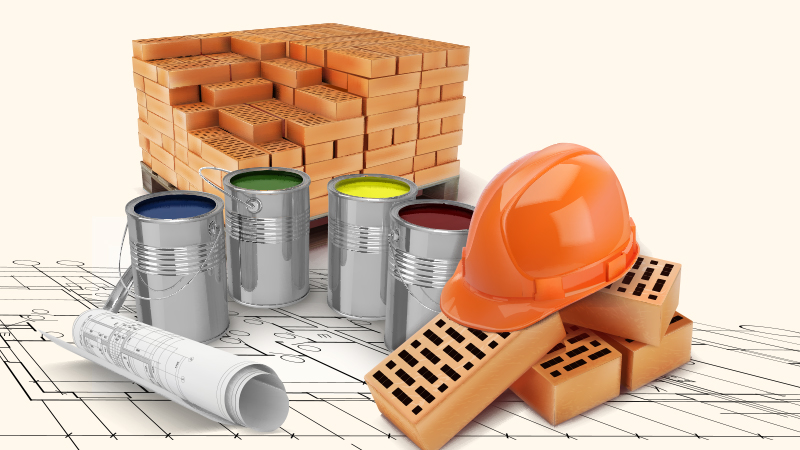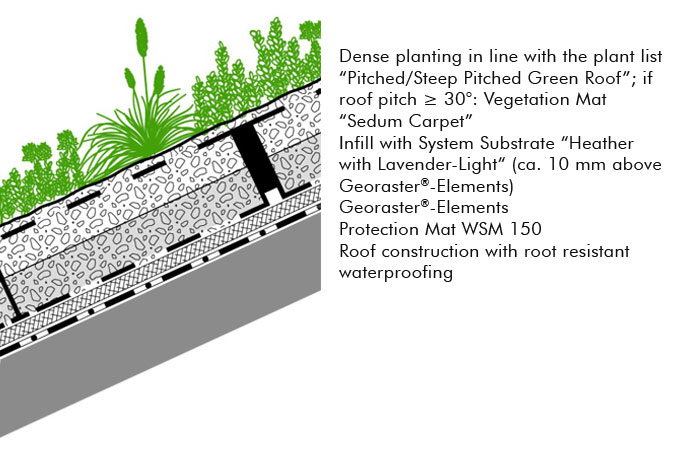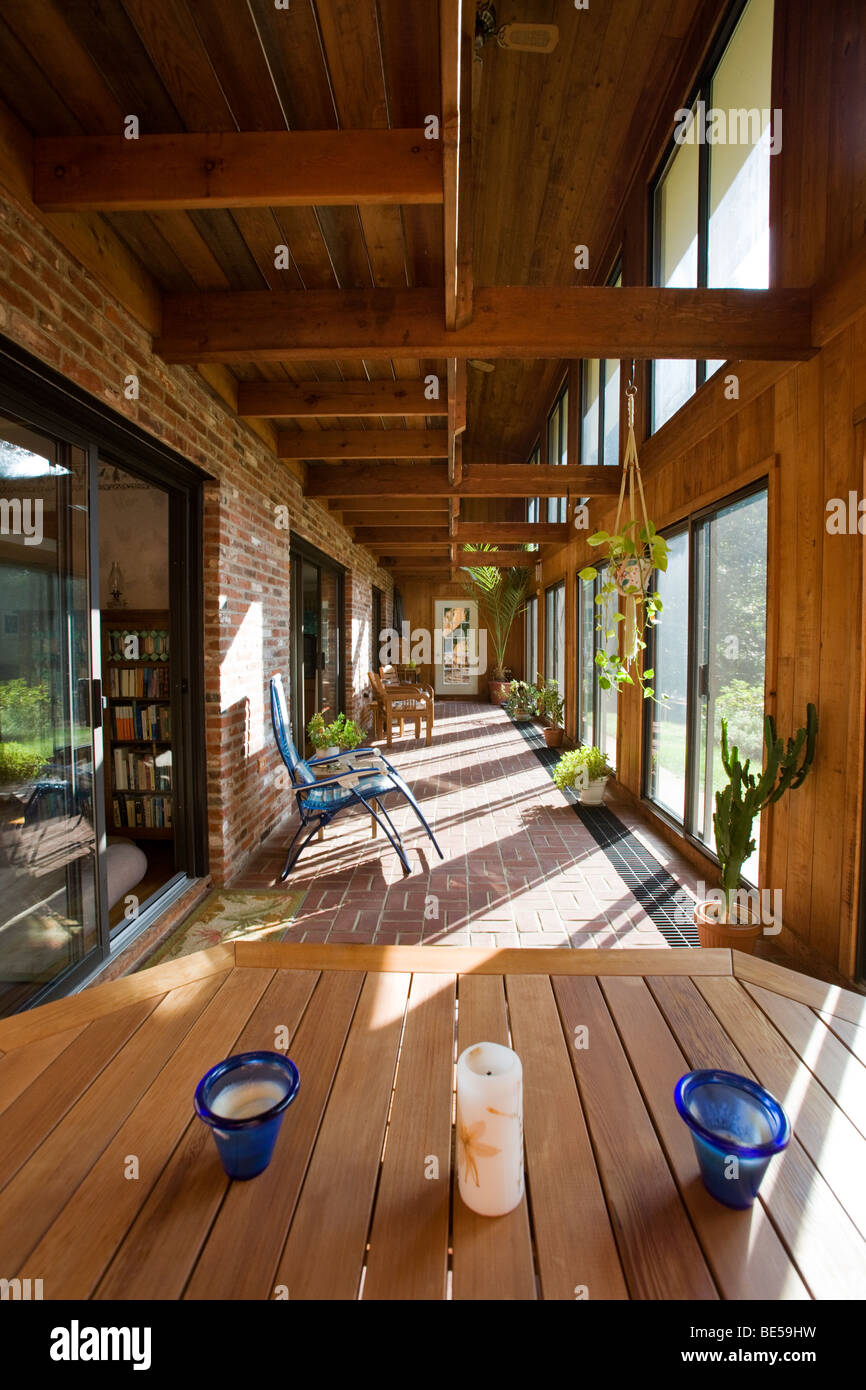Building Green: Sustainable Materials for Eco-Friendly Living

Building Green: Navigating Sustainable Building Materials
The choice of building materials plays a pivotal role in creating environmentally conscious and sustainable structures. From reducing environmental impact to promoting energy efficiency, the use of sustainable building materials is a key element in the construction industry’s shift toward eco-friendly practices. In this
Sustainable Green Roof Construction for Eco-Friendly Living

Exploring the Advantages of Sustainable Green Roof Construction
Green roof construction has emerged as a sustainable and environmentally friendly approach to building design. This innovative practice involves cultivating vegetation on the roof, offering a myriad of benefits ranging from energy efficiency to ecological enhancement. Let’s delve into the advantages of
Sustainable Building: Low-Impact Home Construction

Sustainable Building: Low-Impact Home Construction
Embarking on a home construction project provides a unique opportunity to not only create a dream home but also to contribute to environmental sustainability. Low-impact home construction focuses on minimizing the environmental footprint throughout the building process. In this article, we explore the principles and
Passive Solar Homes: Harnessing Nature for Sustainable Living

Harnessing Nature: The Essence of Passive Solar Homes
Passive solar homes represent a sustainable approach to residential architecture, utilizing the sun’s energy to create comfortable living spaces while minimizing reliance on artificial heating and cooling systems. This article explores the principles, benefits, and key considerations of passive solar design, highlighting
Sustainable Foundations: Green Home Construction for the Future

Sustainable Foundations: Navigating Green Home Construction
The concept of green home construction has gained prominence as individuals and communities seek environmentally friendly alternatives for building and living. This approach not only minimizes the ecological impact of construction but also promotes energy efficiency, resource conservation, and healthier living spaces. In this
